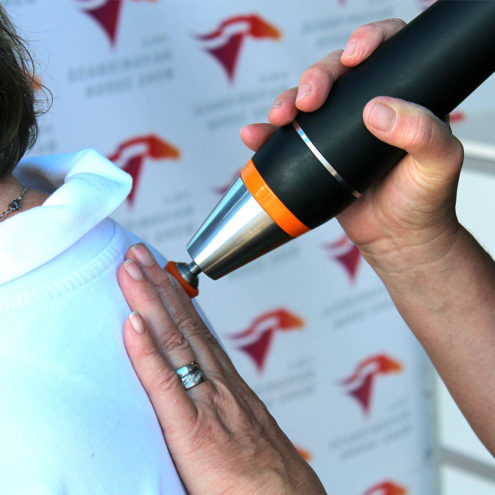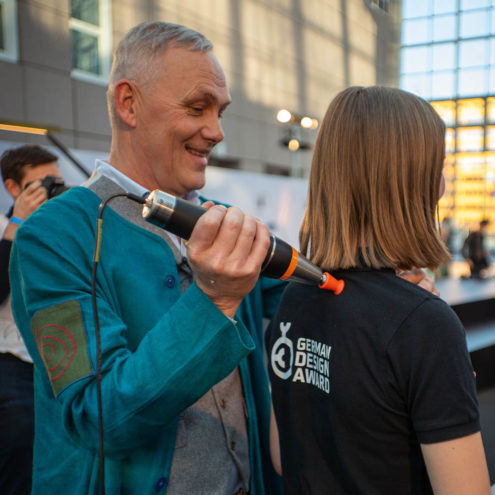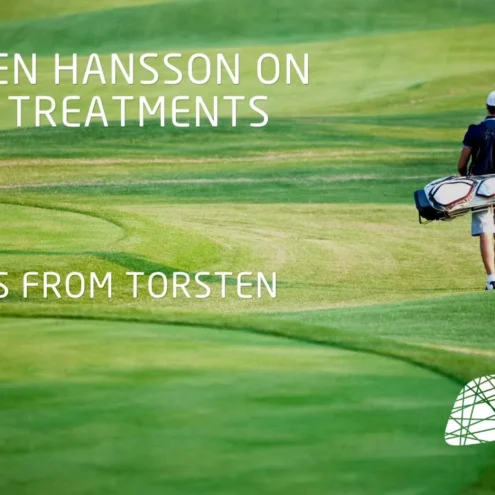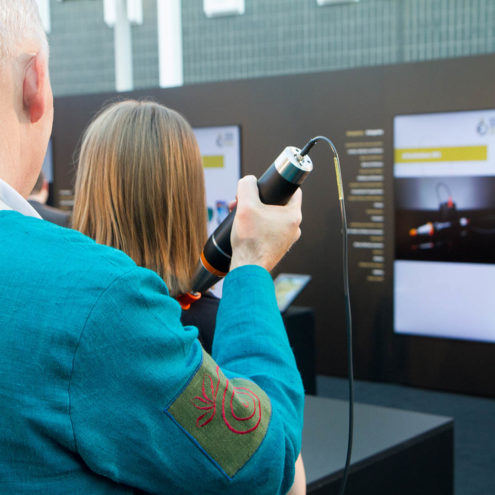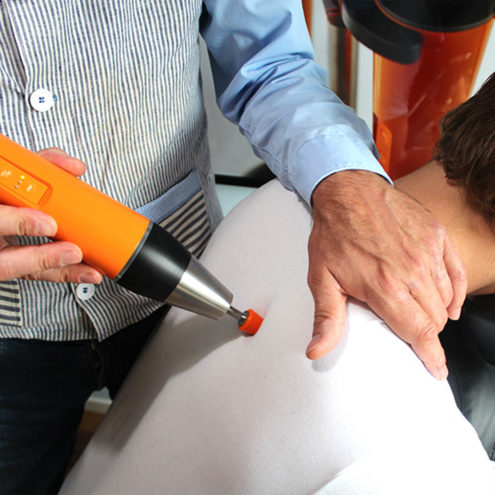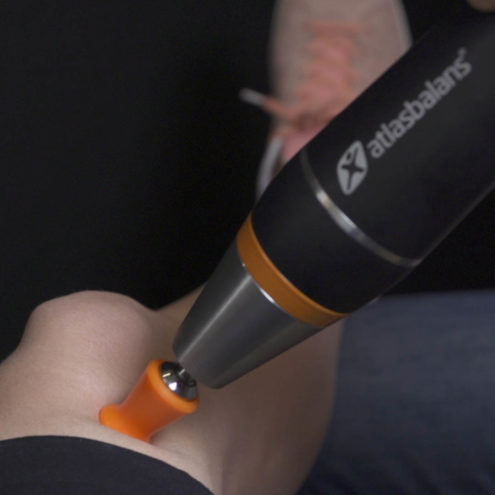Tibialis Posterior: Function and Injuries

The tibialis posterior is an important muscle that plays a crucial role in the stability and mobility of the foot and ankle. Injury to this muscle can lead to significant discomfort and affect your ability to move normally. In this article, we will explore the tibialis posterior muscle, its functions, common injuries and problems, and effective treatment methods. We will also discuss how we at Fascia Clinics can help you manage and rehabilitate injuries related to the tibialis posterior.
What is the tibialis posterior?
Description of the tibialis posterior muscle and its function
The tibialis posterior is a muscle located deep in the lower leg. It extends from the back of the tibia, the fibula and the membrane between them (membrana interossea cruris). The tendon runs behind the medial malleolus and attaches to several bones on the bottom of the foot. The tibialis posterior plays a central role in maintaining the structure and stability of the arch. It is involved in several important functions:
Plantar flexion: The tibialis posterior helps point the foot downwards by contributing to plantar flexion of the ankle.
Inversion : The muscle helps to turn the foot inwards.: The muscle helps to turn the foot inwards, which is known as inversion or supination.
Support for the arch of the foot: One of the most important functions of the tibialis posterior is to support the longitudinal arch of the foot and prevent overpronation, where the foot rolls inwards too much during walking.
The role in the stability and mobility of the foot and ankle
The tibialis posterior is very important for maintaining stability in the foot and ankle. By supporting the arch of the foot and controlling inversion and plantar flexion, the muscle helps to distribute the weight of the body correctly across the foot and reduce stress on joints and other structures. This is particularly important in walking and running, where each step generates significant forces that must be managed effectively to avoid injury.
Common injuries and problems with the tibialis posterior
Inflammation and overexertion of the muscle and its tendon
Inflammation and overuse of the tibialis posterior muscle and its tendon are common problems, especially in athletes and people who are very active. Overuse can be caused by repetitive movements, prolonged standing or walking on uneven surfaces, or by excessive loading when running or jumping. This can lead to micro-injuries in the muscle and tendon, causing pain and inflammation.
Development of posterior tibial tendinitis (PTT) and its symptoms
Posterior tibial tendinitis (PTT) is an inflammation of the tibialis posterior tendon. This condition can develop gradually over time and can become chronic if not treated properly. Common symptoms of PTT include:
Pain and tenderness: Pain along the inner part of the ankle and foot, especially behind the medial malleolus, is a common symptom. The pain may worsen with activity and ease with rest.
Swelling: Swelling around the inner ankle may occur due to inflammation.
Weakness: Reduced strength in the muscles of the foot can lead to difficulties in performing inversion and plantar flexion.
Flatfoot: Loss of the arch can occur with prolonged PTT, leading to flatfoot and overpronation.
Treatment of tibialis posterior-related injuries
Rest, Ice, Compression and Elevation (RICE) for Acute Injuries
For acute injuries to the tibialis posterior, the RICE method is recommended as a first treatment:
Rest (Rest): Take pressure off the foot and avoid activities that could aggravate the injury.
Ice (Ice): Apply ice to the injured area for 15-20 minutes several times a day to reduce swelling and pain.
Compression (Compression): Use an elastic bandage or compression stocking to reduce swelling.
Elevation (Elevation): Keep the foot elevated above the level of the heart whenever possible to reduce swelling.
Physiotherapy to strengthen muscle and improve biomechanics
Physiotherapy is an important part of treatment for tibialis posterior injuries. A physiotherapist can design a program of exercises tailored to your needs and goals. This may include:
Strengthening exercises: Exercises to strengthen the tibialis posterior and other muscles of the foot and lower leg.
Mobility training: Exercises to improve foot and ankle mobility.
Balance and coordination training: Exercises to improve balance and coordination, which can reduce the risk of future injury.
Manual therapy: techniques such as massage and joint mobilization: Techniques such as massage and joint mobilization to reduce pain and improve mobility.
Orthopedic inserts or shoe inserts to support the arch and relieve the tibialis posterior
Orthopaedic inserts or shoe inserts can be very helpful in supporting the arch and relieving the tibialis posterior. These inserts can be customized to your foot to provide optimal support and reduce stress on the tendon. They can help correct overpronation and improve the biomechanics of the foot, which can reduce pain and prevent future injuries.
How can we help you with your tibialis posterior problem?
At the FasciaClinics, we specialize in seeing and treating the body from a holistic perspective. We perform fascia treatments, a highly effective wellness treatment that focuses on treating and maintaining the fascia in our body. The fascia is the network of connective tissue that binds and permeates everything in our body. All cells, tissues (even bone tissue), muscles and organs contain fascia. Fascia is also very rich in nociceptors, which send pain signals to the central nervous system if they are irritated.
During the visit, we analyze the whole body to see where compensations and imbalances are and how they have spread. If there is an imbalance in the body, there is a risk that they will spread and affect other structures. That’s why it’s very important to seek help quickly as soon as you experience any symptoms.
A fascia treatment for tibialis posterior problems involves balancing the body to make the loads on the lower legs, ankles and feet more even. A more even load will reduce the wear and tear on the muscles and other structures of the legs, thereby reducing the risk of further injury. The treatment removes tightness and increases flow in the fascia, reducing pain and soreness. The treatment also reduces the pressure across the cell membranes, allowing them to absorb and release substances more easily. It also reduces pressure on the nociceptors, reducing their pain signals.
Combining medical expertise with fascia treatment can help you regain mobility and relieve pain, allowing you to return to your daily activities with increased comfort and confidence.
Ultimately, our goal is to help you achieve a sustainable change in your mobility and activity. We offer education and tools that you can use in your everyday life to maintain an active lifestyle and prevent future problems.
For more information about our services and how we can help you with tibialis posterior problems, visit our FasciaClinics website. Here you will also find resources and articles on muscle injuries and other related topics that may be helpful to you.
In summary, the tibialis posterior is an important muscle for the stability and mobility of the foot and ankle. Injuries to this muscle can be painful and limiting, but with the right treatment and rehabilitation, a full recovery is possible. At the FasciaClinics, we are here to support you every step of the way towards recovery and an active life without pain.
 Search
Search


